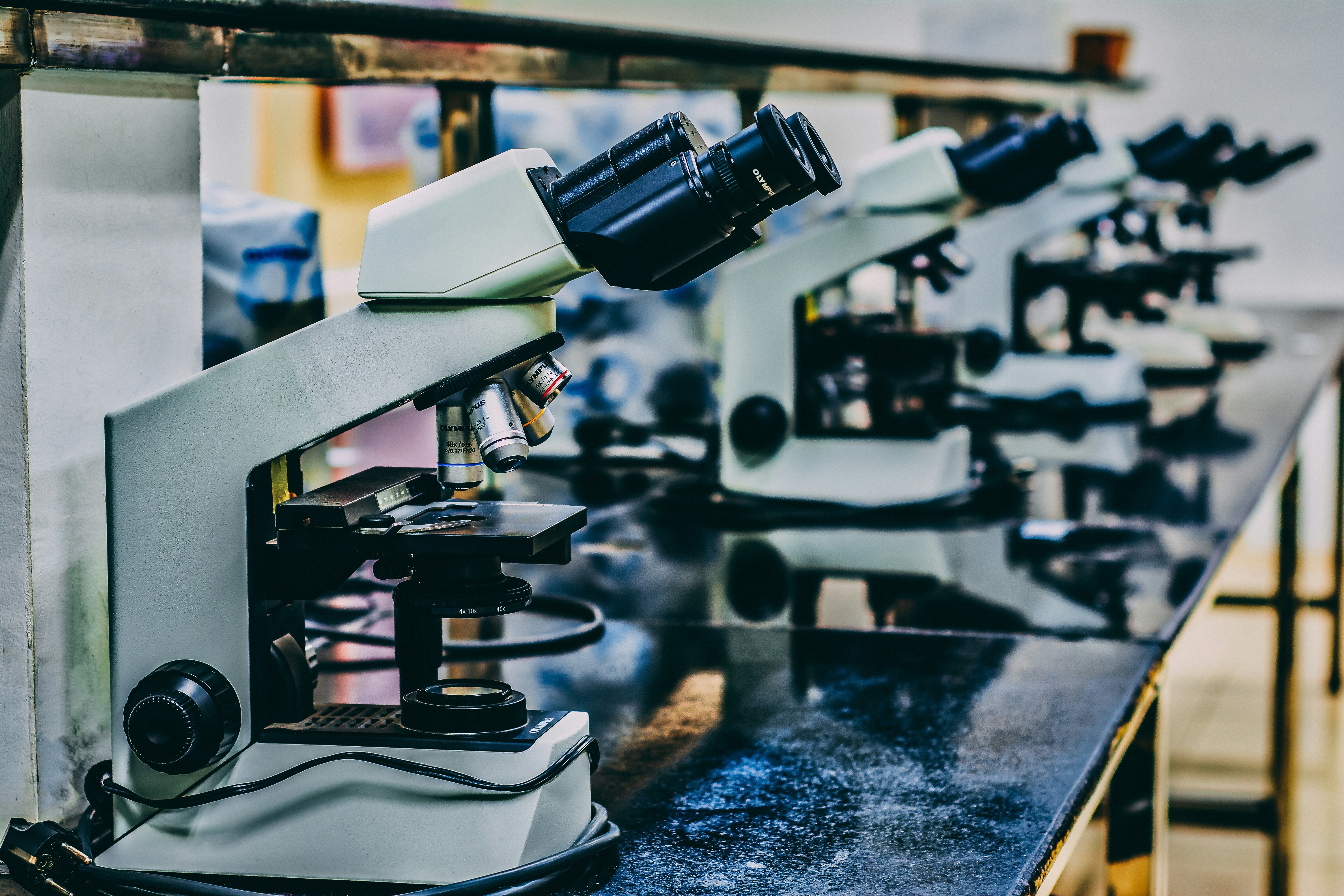Laboratory Chemicals and Testing in Universities and Academic Research Labs
Universities and academic institutions are at the forefront of scientific discovery, innovation, and training the next generation of researchers. Their laboratories conduct a broad spectrum of experiments in disciplines like chemistry, biology, physics, environmental science, and engineering. To support this vital work, university labs require a steady supply of high-quality laboratory chemicals and reliable testing reagents.
In this article, we explore the types of chemicals used in university settings, the most common testing procedures, and how proper sourcing supports safe, effective research and education.
The Role of University Laboratories
University laboratories support:
-
Undergraduate and graduate education
-
Faculty-led scientific research
-
Sponsored industry or government projects
-
Cross-disciplinary innovation (e.g., chemistry + materials science)
These labs range from general teaching spaces to highly specialized research facilities such as:
-
Analytical chemistry labs
-
Organic synthesis labs
-
Microbiology and molecular biology labs
-
Environmental testing labs
-
Nanotechnology and materials science centers
Common Laboratory Testing in University Settings
Academic labs carry out a wide range of experiments requiring precise measurement, careful chemical handling, and accurate testing.
1. General Chemistry and Analytical Testing
Used in both teaching and research labs to analyze material properties.
Examples:
-
pH testing, titration, colorimetry
-
Spectrophotometry (UV-Vis, IR, AAS)
-
Gravimetric and volumetric analysis
Common Chemicals:
-
Hydrochloric acid, sodium hydroxide
-
Phenolphthalein, methyl orange
-
Ammonium chloride, silver nitrate, EDTA
-
Potassium permanganate, oxalic acid
2. Organic Chemistry
Organic chemistry labs focus on synthesis, reaction mechanisms, and compound characterization.
Typical Experiments:
-
Esterification and hydrolysis
-
Nucleophilic substitution reactions
-
Chromatography separation
Chemicals Used:
-
Acetic acid, sulfuric acid, ethanol, diethyl ether
-
Toluene, benzene, acetone, chloroform
-
Sodium bicarbonate, sodium carbonate
-
Recrystallization solvents (e.g., hexanes, methanol)
3. Biology and Life Sciences
Life science labs study cells, microorganisms, DNA, proteins, and metabolism.
Key Activities:
-
DNA extraction and PCR
-
Gel electrophoresis
-
Cell staining and culturing
Essential Chemicals:
-
Agarose, TBE buffer, TAE buffer
-
Ethidium bromide, SYBR Green, gel stains
-
Tris buffer, SDS, BSA, protein ladders
-
Luria broth, tryptic soy agar, glucose
4. Environmental and Earth Sciences
These labs analyze water, soil, air, and pollutants to assess ecological health.
Typical Tests:
-
Water quality analysis (pH, nitrates, turbidity)
-
Soil contamination screening
-
Heavy metal detection
Common Chemicals:
-
Nitric acid, sulfuric acid, hydrogen peroxide
-
Potassium dichromate, ammonium acetate
-
ICP standards, buffer solutions, EDTA
5. Materials Science and Engineering
These research labs focus on material synthesis, nanotechnology, and corrosion studies.
Applications:
-
Surface modification
-
Thin film deposition
-
Structural analysis
Chemicals Used:
-
Silicon wafers, photoresists, etchants
-
Metal salts (e.g., zinc sulfate, copper chloride)
-
Solvents (e.g., acetone, IPA)
-
Hydrofluoric acid, chromic acid
Laboratory Safety and Chemical Handling
Universities are held to strict safety and compliance standards. Ensuring student and staff safety involves:
-
SDS documentation
-
Proper chemical labeling
-
Waste disposal protocols
-
Use of fume hoods and PPE
Reliable chemical suppliers play a key role by providing:
-
High-purity chemicals with COAs
-
SDS and documentation for academic records
-
Properly labeled containers for lab storage
-
Educational packaging and lab-scale volumes
Supporting Academic Labs in California
At 949 Chemical, we proudly support academic institutions and research universities across San Diego, Orange County, Los Angeles, Santa Barbara, and beyond. We offer:
-
Lab-grade and ACS-grade reagents
-
Teaching kits and classroom chemicals
-
High-purity solvents and acids
-
Custom-packed chemicals for university purchasing departments
We understand the needs of teaching and research labs, from freshman chemistry to advanced nanotech.
Conclusion
University laboratories are dynamic environments that rely on a diverse range of chemicals to power education and discovery. Ensuring timely access to reliable lab-grade chemicals helps foster academic excellence and safe, effective research.
Whether you run a teaching lab or a cutting-edge research facility, 949 Chemical is your trusted source for high-quality lab chemicals in California.

